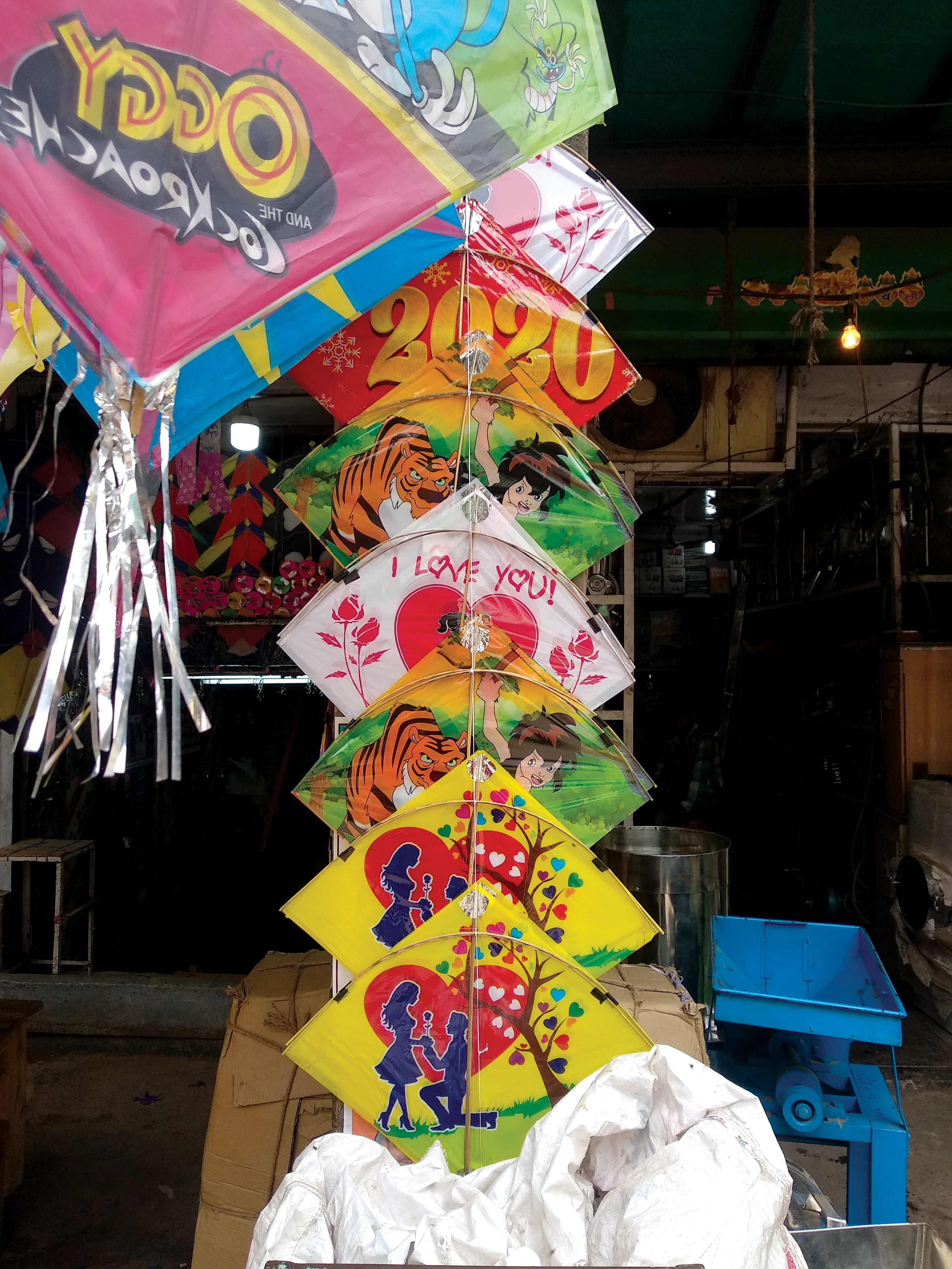With three festivals coming together, kite sellers have not been able to attract enough customers this time
Festivals are generally a good time for everyone – including retailers. So if three festivals come at one go? Generally, shopkeepers would be happy. However, in the wholesale kite market in the Capital city, the mood is not buoyant.
Delhi’s grand old kite market — Lal Kuan — is situated in Chandni Chowk. Apart from being home to thousands of families, the main lanes of the area are dominated by shops selling a plethora of goods and items — kites being the most prominent in the month of August.
Colourful kites are being sold in tens of shops in the area to coincide with a big occasion — Independence Day. During Eid-ul-Adha, the atmosphere in the market was truly festive with crowds spilling in from each corner and lane of Lal Kuan. Kurta-clad kids can be seen accompanied by their fathers and grandfathers shopping in the area.
The wholesale market relies heavily on customers coming from outside Delhi. However, business is not shooed away when a small boy or a girl comes asking for kites at these shops.
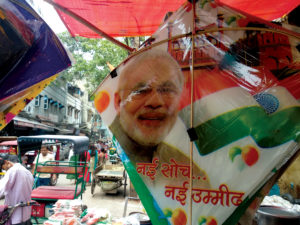
Sitting on a bench in his 15-year-old shop — Haji Kallu Bhai Patang Wale —is Altaf Qureshi. Qureshi is visibly stressed. When asked why, he points out the “very low business” which the market is witnessing this year.
The shop he’s sitting in boasts of a plethora of kites of different shapes, sizes and colours. The famed Amritsari matka kite in the store attracts a lot of customers because it can be flown with ease.
“Sales have fallen by over 50% from last time,” says Qureshi. “Selling kites is not just a week’s business. It’s seasonal work. We make kites for some eight-nine months and then sell it to retailers from other parts of the country and regular customers for three-four months,” he explains.
The bulk of the business comes only 15 days or so before Independence Day, which is why he is worried. “With Raksha Bandhan and Independence Day on the same day, the focus of the customers has been divided and so has the attention. People are coming to the market to buy sweets, rakhis, clothes, but hardly kites,” says Qureshi.
“You see monopoly when it comes to the sales of rakhis. A rakhi which costed Rs 10 or Rs 20 to make, may get sold for Rs 200 also. It doesn’t tear up like kites,” he adds.
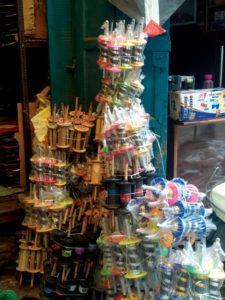
Interestingly, Qureshi says that “At least 70% of the men of our customers who used to buy kites earlier have now ventured into the business of rakhis. Obviously, that will affect us drastically.”
Since the timing of Raksha Bandhan is such, Qureshi says, “It’s not feasible for the customers to invest in kites before buying rakhis.” Last year, the shop registered good sales, because Raksha Bandhan fell on 26th of August — 11 days after Independence Day. Shopkeepers first sold kites before Independence Day and then rakhis after that.
This year at Haji Kallu Bhai Patang Wale, items sold so far account for only 30% of stock, which comes from cities like Rampur, Bareilly, Jaipur and Ahmedabad.
Another shop nearby is run by two young men — Aman and Sameer Qureshi — who learnt the nitty-gritty of the trade from their grandfather and father. Design, Sameer says, is crucial when it comes to saleability of the kites. “It all depends on the customer. If a munna (child) comes to the shop and asks for a kite based on his favourite cartoon character, then we have to provide him with that. No one goes empty-handed from our shop.”
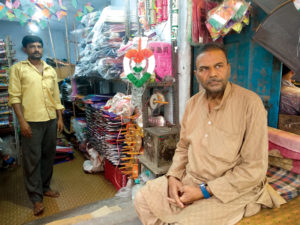
Another interesting aspect seen in the shop is that it boasts of kites which have face of Prime Minister Narendra Modi. “It’s to attract customers and this is our way of giving respect to the PM of the country,” tells Qureshi.
While last year, the kites boasted of faces of other political leaders, a shopkeeper who requested anonymity, says, “This year we are going just with PM’s face on kites.” He relies heavily on the orders from kite flying clubs in the Capital city who give orders for more than 100 kites at a time.
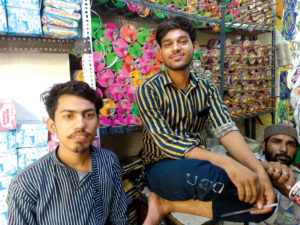
Pointing at the kites, he says, “All these kites have melted candle mixture in them. That gives it durability and makes it easy for the kite flyers in the clubs to fly them.” A karigar is only able to make 7-8 such kites in a day.
Then there is A Rahman, who has spent almost 25 years selling kites in the market. Over the years, he says, “The craze to buy and fly kites has fallen. In the age of technology, everyone is more engrossed in their mobile phones than to celebrate the festival by flying kites.”
“Back in the old days, children had only two things to do: study in the morning and fly kites in the evening. That used to give us ample business. Right to terrace also acts like a hurdle in the experience now. A person who has the right to terrace, won’t let a person living on the second floor go up and fly kite days before Independence Day.”
Further recalling the old days, Rahman says, “10-15 years back, profit margins were far better than today. The charkhi we used to sell earlier used to get us double the amount. Today, we barely get 10% in return. That is how much we are struggling.”

Shyam Prasad, a retailer who came from Samaypur Badli to buy kites is excited this year, because it’s the first time he’d be selling kites at his general store. “So many children have come up to me over the years asking for kites. This year, I decided to stock my shop well with them.”
Prasad purchased kites for a total of Rs 800 and aims to earn double through sales in his shop in Samaypur Badli. Mohammad Shami, the owner of the shop where Prasad is sitting, makes a remark that “It’s because of the craze among children only which keeps our business on track. If not for these children, we would’ve shut this business and opened something else long back. Because the sales are not exciting at all.”

